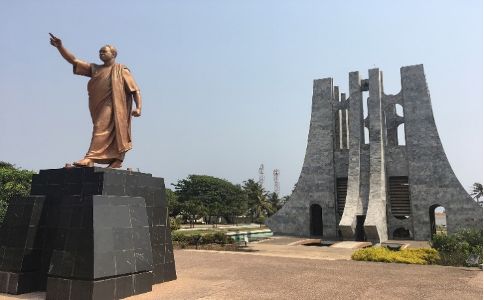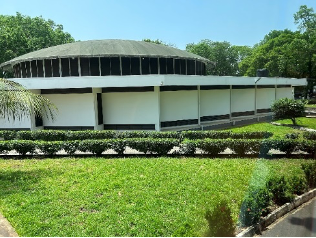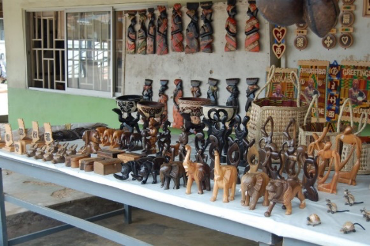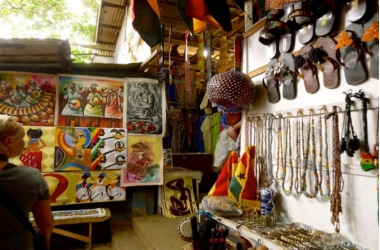A. Kwame Nkrumah Memorial Park and Mausoleum Museum

Located in downtown Accra, Ghana is the Kwame Nkrumah Memorial Park. It has a Mausoleum which is the final resting place of Ghana’s first President and Pan Africanist, Osagyefo Dr. Kwame Nkrumah. Kwame Nkrumah played a pivotal role in Ghana's struggle for independence. Leading the country to independence from British colonial rule in 1957, he became the country's first president Nkrumah was known for his Pan-Africanism and his vision of a united Africa. His legacy continues to inspire many Africans, and the Memorial Park is a fitting tribute to his life and work.
The park also has a museum that hosts rare artefacts relating to Ghana’s independence and tours at the park give visitors in-depth history of the Sub-Saharan struggle for independence.
B. National Museum

The National Museum, located at No. 2 Barnes Road in Central Accra, was opened on 5th March 1957, the eve of Ghana’s Independence. The National Museum has three main galleries: these deal respectively with Ghana’s past; her traditions; and with the country’s arts culture. The galleries present exhibits on prehistoric Africa; they display sculptures and paintings from pioneering and contemporary artists; and they provide examples of traditional attire, local musical instruments, and sacred tribal artefacts such as Asante ancestral stools, traditionally believed to be the receptacle of the soul of the chief who sat on them.
C. Accra Arts Centre


Accra Arts Centre (Centre for National Culture, Accra) is located on the Atta Mills High Street in Ghana’s capital. The Centre’s arts, crafts bazaar, and traditional textile market in Ghana are the greatest places to go to see and buy locally made traditional handicrafts such as woven Kente cloths, sculptures, carvings, leather bags, and jewellery, beads, African costume, and woven baskets.
The art galleries and a variety of other traditional items depicting Ghana’s history and heritage, as well as crafts from other neighbouring nations, are worth seeing. There is also a bulletin board at the main hall’s entrance that lists future programs, plays, and cultural events.
